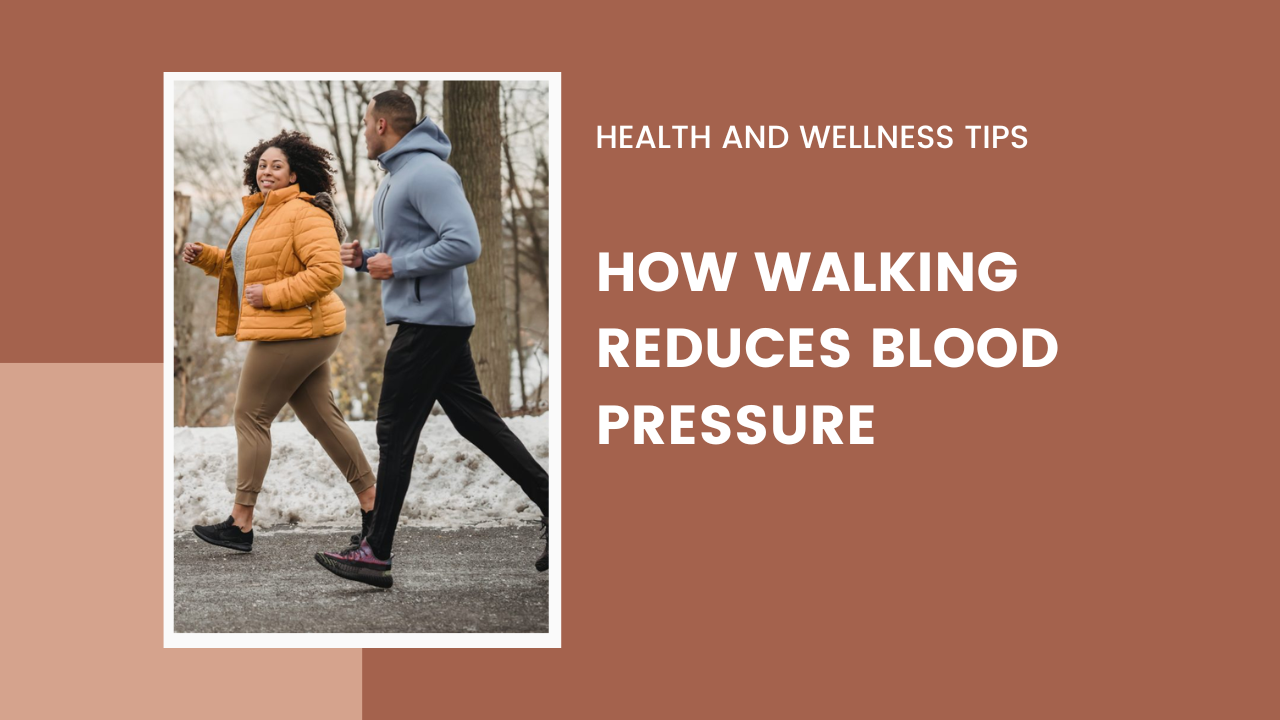Alright, folks, let’s dive into something that sounds super simple yet packs a punch when it comes to health benefits. We’re talking about walking and how it can help reduce blood pressure. Yes, you heard it right! That leisurely stroll you take could be doing wonders for your heart. So, let’s break it down and see how this works.
The Science Behind Walking and Blood Pressure
First off, let’s get into the nitty-gritty of how walking actually impacts blood pressure. When you walk, your heart pumps more blood, increasing circulation. This process helps your blood vessels stay flexible, which is crucial for maintaining healthy blood pressure levels. Imagine your blood vessels as elastic bands; the more you use them, the more flexible they become.
Cardiovascular Benefits
Walking regularly gets your heart rate up and strengthens your cardiovascular system. This means your heart doesn’t have to work as hard to pump blood, reducing the force on your arteries. Think of it like this: if your heart is a car engine, regular walking is like giving it a tune-up, making it run more efficiently with less effort.
Reducing Stress and Anxiety
Let’s not forget the mental health aspect. Walking is a great stress-buster. When you’re less stressed, your blood pressure tends to be lower. It’s like when you’re not stressed about a deadline, you work better and more efficiently. The same goes for your heart. When you’re relaxed, your heart and blood vessels are, too.
How Much Walking Do You Need?
Now, you’re probably wondering, “How much walking do I need to do to see these benefits?” Great question! The general recommendation is about 30 minutes of moderate-intensity walking most days of the week. But don’t worry if you can’t manage 30 minutes in one go. Even shorter, frequent walks can add up and provide benefits.
Finding Your Pace
Moderate intensity means you’re walking briskly enough to break a sweat but not so fast that you can’t hold a conversation. Picture yourself walking to catch a bus—you’re moving quickly, but you’re not sprinting.
Incorporating Walking Into Your Daily Routine
Don’t stress about finding time to walk. Incorporate it into your daily routine. Park a bit further from the store, take the stairs instead of the elevator, or go for a walk during your lunch break. These small changes can make a big difference.
Walking Tips for Maximum Benefits
Alright, let’s talk strategy. To get the most out of your walking routine, keep a few tips in mind.
Wear Comfortable Shoes
First and foremost, wear comfortable shoes. You wouldn’t run a marathon in flip-flops, right? Good walking shoes provide the support your feet need and can prevent injuries.
Stay Hydrated
Even though walking isn’t as intense as some other forms of exercise, staying hydrated is crucial. Water helps regulate your body temperature and keeps your muscles working properly.
Mix It Up
Variety is the spice of life, and the same goes for walking. Mix up your routes and terrains. Walk in the park one day, on a treadmill the next, or even on a trail. Different surfaces work different muscles and keep things interesting.
Tracking Your Progress
One of the best ways to stay motivated is to track your progress. Use a pedometer or a fitness app to count your steps and monitor your distance. Seeing your improvement over time can be incredibly motivating.
Setting Goals
Set achievable goals. Maybe start with 5,000 steps a day and gradually increase to 10,000. Celebrate your milestones. It’s all about progress, not perfection.
Joining a Walking Group
If you find it hard to stay motivated, consider joining a walking group. Walking with others can be fun and provide a sense of community and accountability.
Conclusion
In a nutshell, walking is a simple, effective way to help reduce Blood Pressure. It benefits your cardiovascular system, reduces stress, and can be easily incorporated into your daily routine. So, lace up those walking shoes, grab a bottle of water, and get moving. Your heart will thank you!
For more ideas, Health, and Diet tips and tricks, please visit us at Supportive Care Options.
FAQs
How quickly can walking lower blood pressure?
Results can vary, but many people see improvements in their blood pressure within a few weeks of regular walking.
Is walking better than running for reducing blood pressure?
Both are effective, but walking is gentler on the joints and easier to maintain as a long-term habit.
Can I split my walking time throughout the day?
Absolutely! You can break it up into shorter sessions, like three 10-minute walks, and still reap the benefits.
Do I need any special equipment to start walking?
No special equipment is needed, just a pair of comfortable shoes and a safe place to walk.
How does walking compare to other forms of exercise?
Walking is a low-impact, accessible exercise that can be just as effective as more intense workouts in lowering blood pressure when done consistently.

